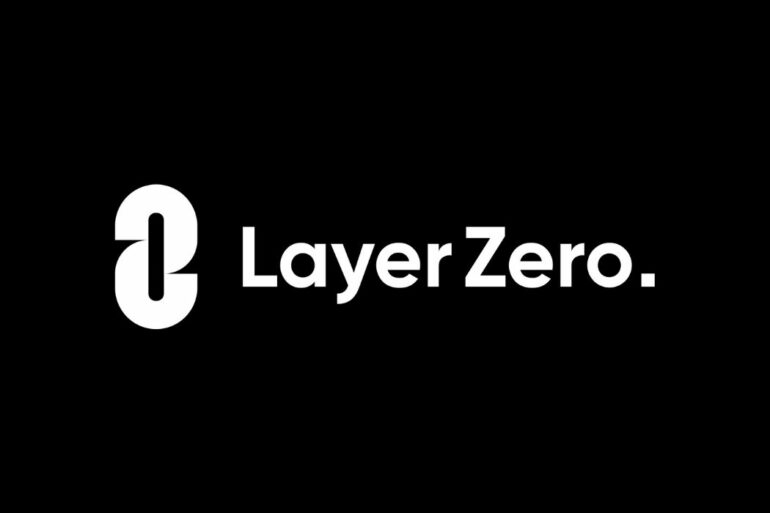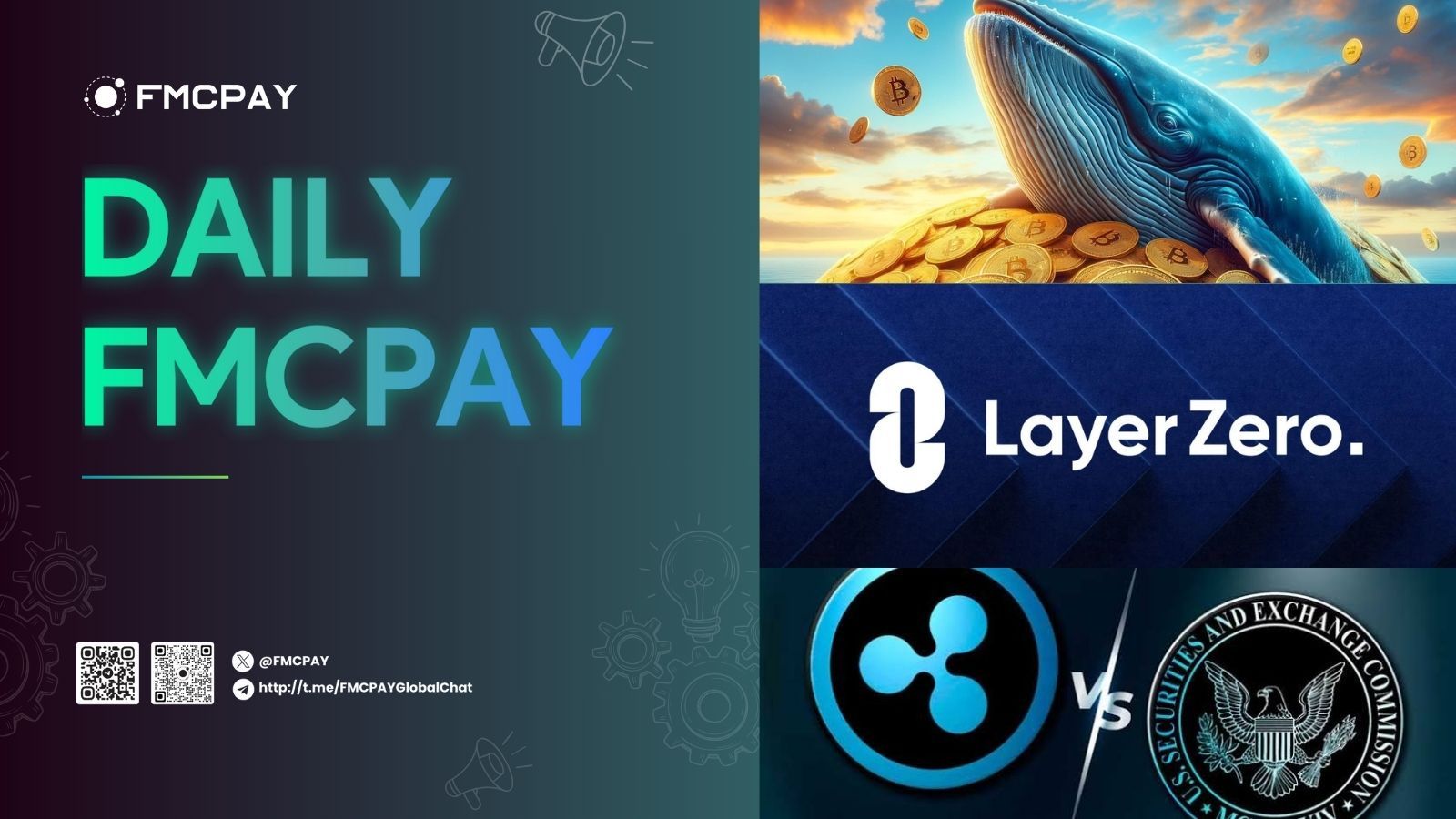The Bitcoin price has fallen below $65,000 due to a recent sell-off by the German government and outflows from the Bitcoin ETF. On the other side, major companies such as MicroStrategy are buying every downturn.
In recent weeks, Bitcoin whale activity has increased dramatically in what appears to be a typical tug-of-war between bulls and bears. Over the previous two days, Germany’s government has deposited approximately 1,700 Bitcoins worth $110 million to three distinct crypto exchanges: Kraken, Coinbase, and Bitstamp. However, this pales in contrast to the government’s 43 billion Bitcoin holdings.

Germany’s $3B worth of Bitcoin holdings on radar
As the on-chain activity indicates, the German government has been selling down its Bitcoin (BTC) holdings over the last two days. According to CryptoQuant CEO Ki Young Ju, Germany has seized 50,000 Bitcoins in the last several years and is sitting on significant unrealized gains despite recently selling 3,000 BTC.
The recent increase in the price of Bitcoin has valued Germany’s existing BTC holdings at $3.24 billion, including $1.1 billion in unrealized profit. Germany is now the fourth-largest Bitcoin holder, behind the United States, China, and the United Kingdom. The US presently possesses 213,246 Bitcoin worth $13.7 billion. China, on the other hand, continues to maintain 190,000, after selling a large hoard in 2019 and implementing the Bitcoin ban in 2017.
The recent sell-off by the German government, along with significant outflows from spot Bitcoin ETFs, has caused the current selling pressure, with the BTC price falling below $65,000 lately.
🇩🇪 Germany seized 50K #Bitcoin and has sold around 3K BTC.
The surge in $BTC price has resulted in a $1.1 billion unrealized profit, increasing the value of their current holdings to $3.24 billion. pic.twitter.com/ZPeDZobYlL
— Ki Young Ju (@ki_young_ju) June 20, 2024
BTC whale in action
While the German government has been selling its investment, other Bitcoin whales have been stockpiling supply each autumn. On Thursday, June 20, Michael Saylor’s MicroStrategy announced the purchase of an additional 11,931 Bitcoin with the proceeds from the $800 million convertible notes.
Furthermore, on-chain data shows that a Bitcoin whale bought over 6,500 Bitcoins worth $430 million in a single transaction on Thursday.
A whale bought 6570 #Bitcoin worth over $430 million in the past 24 hours.
While you’re panic-selling, whales are continuously buying the dip while they still can. pic.twitter.com/bqGo6EwGJw
— Lark Davis (@TheCryptoLark) June 20, 2024
This demonstrates that there are enough takers in the market to meet any selling pressure. However, due to Bitcoin miner capitulation, the Bitcoin price rebound is likely to be delayed until later this summer.
Check Out the Latest Prices, Charts, and Data of BTC/USDT
ZRO token falls 17% amid controversy over LayerZero’s ‘not an airdrop’
After its June 20 launch, ZRO surged 15.15% within just 20 minutes before sharply tumbling 22% as people debated whether the donation mechanism was genius or just an excuse for a “tax.”

Cross-chain interoperability protocol LayerZero’s newly issued token, LayerZero (ZRO), has dropped 17% since its inception amid debate regarding its contribution condition for claiming tokens, which some have compared to a “tax.”
Some disagree with the critique and believe the technique might be a positive start toward resolving the challenges that have plagued prior token airdrops.
ZRO rose 15.15% to $4.71 in just 20 minutes after its launch on June 20, then plummeting 22% within two hours, a pattern common in token airdrops when claimants dump their freshly obtained tokens.
In this scenario, ZRO’s introduction sparked its own particular debate. LayerZero has structured it such that users wishing to claim the tokens must give a small sum of money each ZRO token.
Today LayerZero is introducing a new claiming mechanism called Proof-of-Donation, which will result in ~$18.5 million donated to @ProtocolGuild, a collective funding mechanism for Ethereum developers.
Protocol Guild and Ethereum’s core developers have been fundamental to… pic.twitter.com/YPN7wzsqbJ
— LayerZero Foundation (@LayerZero_Fndn) June 20, 2024
“To claim ZRO, users must donate $0.10 in USDC, USDT, or native ETH per ZRO. This small donation goes directly to the Protocol Guild,” LayerZero wrote in a June 20 X post.
LayerZero predicted that the payments will total around $18.5 million to Protocol Guild, a communal financing mechanism for Ethereum (ETH) developers.
The decision sparked an outcry from the crypto community, with some arguing that having to pay a “tax” transforms the “airdrop” into something more akin to an initial coin offering (ICO).
Users responded to LayerZero’s article with comments such as “Is this a joke” and “How about you pay for that.”
LayerZero reaffirms ZRO launch is “not an airdrop”
LayerZero has said unequivocally that the recent launch is “not an airdrop.”
LayerZero stated on June 20 that airdrops no longer help to “goals of equitable distribution, community building, and protocol health, which airdrops were initially introduced to solve.”
This is mostly due to token receivers who have “little to no interest” in the project’s long-term survival, an increase in airdrop farming, and Sybil entities, which are entities that establish and utilize a huge number of wallets to farm an airdrop.
There is no forced donation, if you don’t want to donate… simply don’t claim. This is not something you own, it’s something being offered.
— Bryan Pellegrino (臭企鹅) (@PrimordialAA) June 20, 2024
Such an unreal day, as exhausted as I’ve ever been in my entire life. Going to sleep for an unknown amount of time with notifications off. Godspeed all
— Bryan Pellegrino (臭企鹅) (@PrimordialAA) June 20, 2024
Meanwhile, some members of the crypto community agree the ZRO’s donation claiming mechanism could be a step in the right direction for future airdrops.
“People whining about the donation on LayerZero airdrop are dumb,” Adam Cochran claimed in a June 20 X post, explaining that the donation is being used to support a “greater ecosystem” and a “good way to set a base cost value for a token.”
”It’s a good way to add to the cost of sybil operations, making them less likely to sybil in the future,” he explained.
Last week, ZkSync said that during its June 17 airdrop launch, a few Sybil wallets were able to escape the system, despite utilizing “explicit” Sybil detection and a “unique airdrop design” to assure the maximum amount of organic users.
“While people are shitting on the ZRO airdrop, I wanna give credit where it’s due the claim page UI/UX is extremely clean and it’s by far the smoothest I’ve seen yet. it’s just like Spotify Wrapped,” Irys developer Connor King added.
ZRO is now trading at $3.35, down 17% in the last 24 hours, according to CoinMarketCap statistics.
Check Out the Latest Prices, Charts, and Data of ETH/USDT
Ripple lawsuit: Judge dismisses most Ripple claims, one goes to trial
The United States District Court in California rejects key allegations against Ripple but leaves the essential question of XRP’s security classification for a jury to decide.
Ripple won a procedural victory after a judge rejected key allegations in the Oakland class action case.
The United States District Court for the Northern District of California granted Ripple’s petition for summary judgment on federal class claims for unregistered securities as well as state law securities allegations.

Dismissal of Ripple federal and state law claims
Judge Phyllis Hamilton dismissed the vast majority of Ripple’s class action claims. Ripple won a procedural victory as both the federal class claims for unregistered securities and the state law securities claims were dismissed.
However, the rejection failed to address the central question of whether XRP is a security.
Ripple’s Chief Legal Officer, Stu Alderoty, expressed delight with the court’s judgment, saying,
“We are glad that the California court has dismissed all the class action claims. The only individual state law claim that has been left will be addressed in the trial.”
XRP security status to be decided by Jury
Despite the procedural victory, the court said that XRP’s classification as a security remains questionable. The court noted that a jury should consider whether all three prongs of the Howey test are fulfilled.
Aside from the class action, another civil securities complaint against Ripple CEO Brad Garlinghouse will go to trial. In this case, the court refused part of Ripple’s petition for summary judgment based on the assertion that Garlinghouse issued unregistered securities in 2017. The complaint claims Garlinghouse lied about being “very, very long XRP” while selling millions of XRP on numerous platforms.

However, legal expert Fred Rispoli stated on X that the chances of a settlement are high, considering the minimal damages and the possibility of an unfavorable jury decision for Ripple if the plaintiff prevails. Rispoli also stated that the topic of whether XRP is a security or not remains unsolved, and that federal legislation is needed to address this problem.
Win for @Ripple in the Oakland class action. Judge grants Ripple’s summary judgment motion on federal class claims for unregistered securities as well as the state law securities claims. But these were procedural wins. 1/4 #xrpholders #xrp
— Fred Rispoli (@freddyriz) June 20, 2024
Ripple’s counsel said that XRP does not meet the Howey Test’s definition of a security, and so the lawsuit should be dismissed. Nonetheless, Judge Hamilton ruled that the lawsuit should go to trial and that it cannot be determined as a matter of law whether Ripple’s actions would have caused a reasonable investor to expect gains from the company’s efforts.
Check Out the Latest Prices, Charts, and Data of XRP/USDT
Motions to seal and upcoming deadlines
At the hearing, the court directed both parties to reconsider their petitions to seal any part of the briefs in light of the court’s decision to refuse their motions. Both parties have submitted their unredacted papers and asked the court to give them an extra three weeks to make a petition to seal certain of the evidence they utilized.
The court granted this and extended the deadline for filing the application to seal with the limited grounds to July 8, 2024. Regarding the motion to seal, a separate order will be made for the narrower motion.
However, Judge Hamilton’s decision differs with that of U.S. District Court Judge Analisa Torres in the Southern District of New York, who ruled that XRP was not a security when offered to individual investors because it did not fulfill all of the Howey Test requirements.


